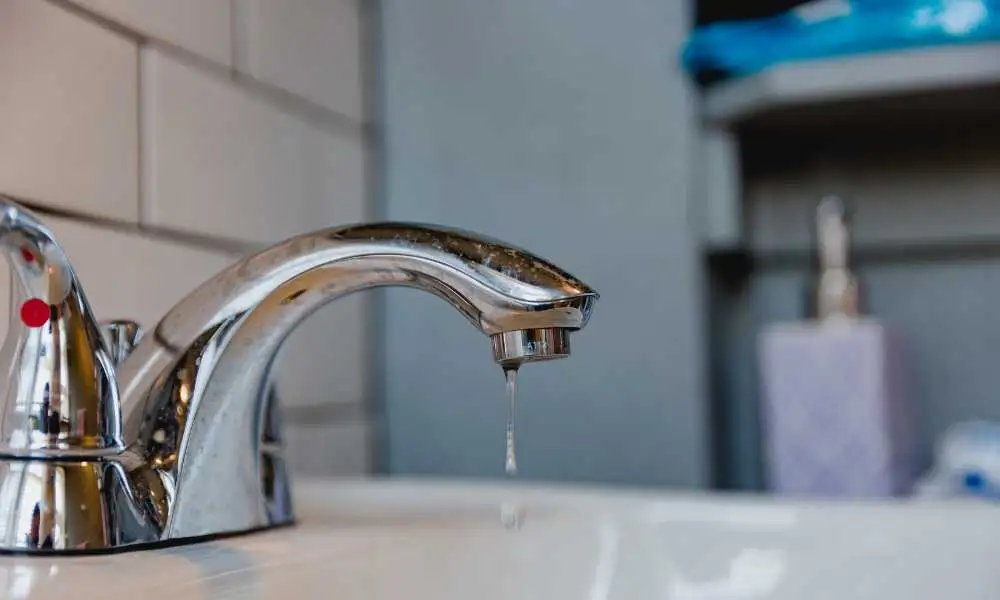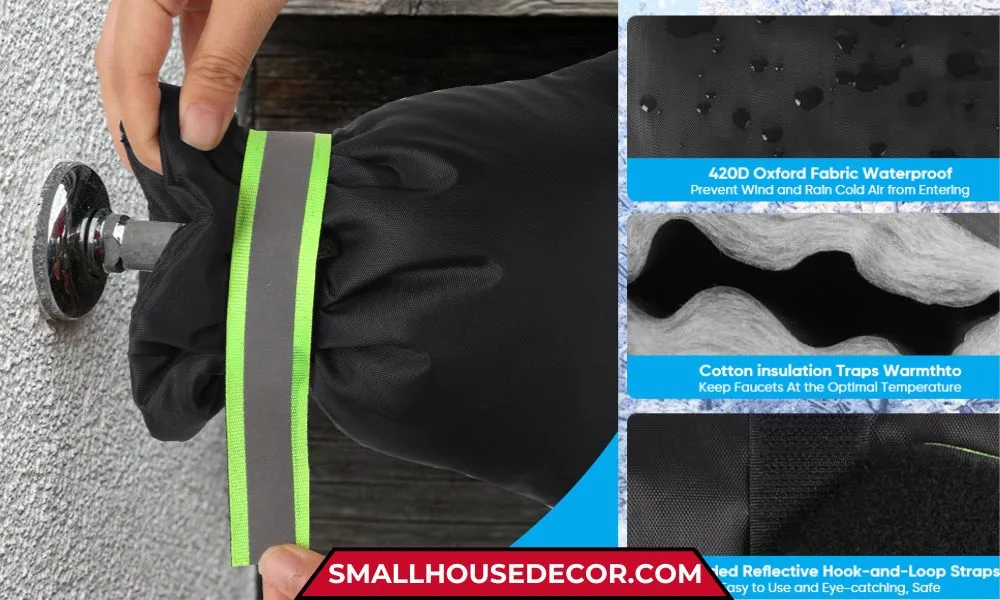As winter blankets the world in frosty landscapes, homeowners often find themselves grappling with the challenge of preventing frozen pipes. One common solution that has been passed down through generations is the practice of letting faucets drip during the colder months.
While this advice is well-intentioned, it’s crucial to separate fact from fiction. In this blog post, we will debunk five myths surrounding dripping faucets in winter and provide you with the knowledge you need to protect your pipes effectively.

Myth 1: Dripping Faucets Prevent Pipes from Freezing Completely.
Many homeowners believe that allowing faucets to drip prevents pipes from freezing entirely. While dripping faucets can slow down the freezing process, they do not guarantee complete protection.
Extremely low temperatures can still lead to frozen pipes, especially in poorly insulated areas or during prolonged cold spells.
Myth 2: Dripping Faucets Only Affect Exterior Pipes.
Some may assume that only exterior pipes are susceptible to freezing, leading to the misconception that indoor pipes are immune to the risk.
In reality, both exterior and interior pipes can freeze under the right conditions. Unheated or poorly insulated spaces, such as basements, crawl spaces, and attics, can put indoor pipes at risk, making dripping faucets a wise precautionary measure.
Also Read: If you’re addressing indoor faucet issues as well, explore choosing a bathroom faucet to make smart, efficient upgrades.
Myth 3: Dripping Faucets Are a Waste of Water.
Concerns about water conservation often lead people to believe that letting faucets drip is an unnecessary waste. While it’s true that dripping faucets use water, the amount is minimal compared to the potential cost and inconvenience of dealing with frozen or burst pipes.
Additionally, water utility companies often prioritize the prevention of property damage over the minimal water usage associated with dripping faucets during extreme cold.
Myth 4: All Faucets Should Drip at the Same Rate.
Some may think that a uniform drip rate is essential for effective pipe protection. The reality is that different faucets and pipes may require varying drip rates based on their location, exposure to cold, and insulation. It’s essential to tailor the drip rate to the specific circumstances of each faucet to optimize protection.
Myth 5: Dripping Faucets Are the Only Solution to Prevent Frozen Pipes.
While dripping faucets can be a helpful preventive measure, they are not the sole solution to protect pipes from freezing.
Proper insulation, sealing air leaks, and maintaining a consistent indoor temperature are equally important factors. A comprehensive approach that combines these strategies provides a more robust defense against frozen pipes.

Also Read: Concerned about outdoor faucet freezing? Read about faucet covers to discover how they work and ensure your home is fully prepared for winter.
Conclusion:
As winter settles in, it’s crucial to separate myths from facts when it comes to protecting your pipes. While dripping faucets can be a valuable part of your winterization efforts, it’s important to combine them with other preventive measures.
By understanding the realities behind these myths, you can ensure a more effective defense against the potential hazards of frozen pipes during the winter months.